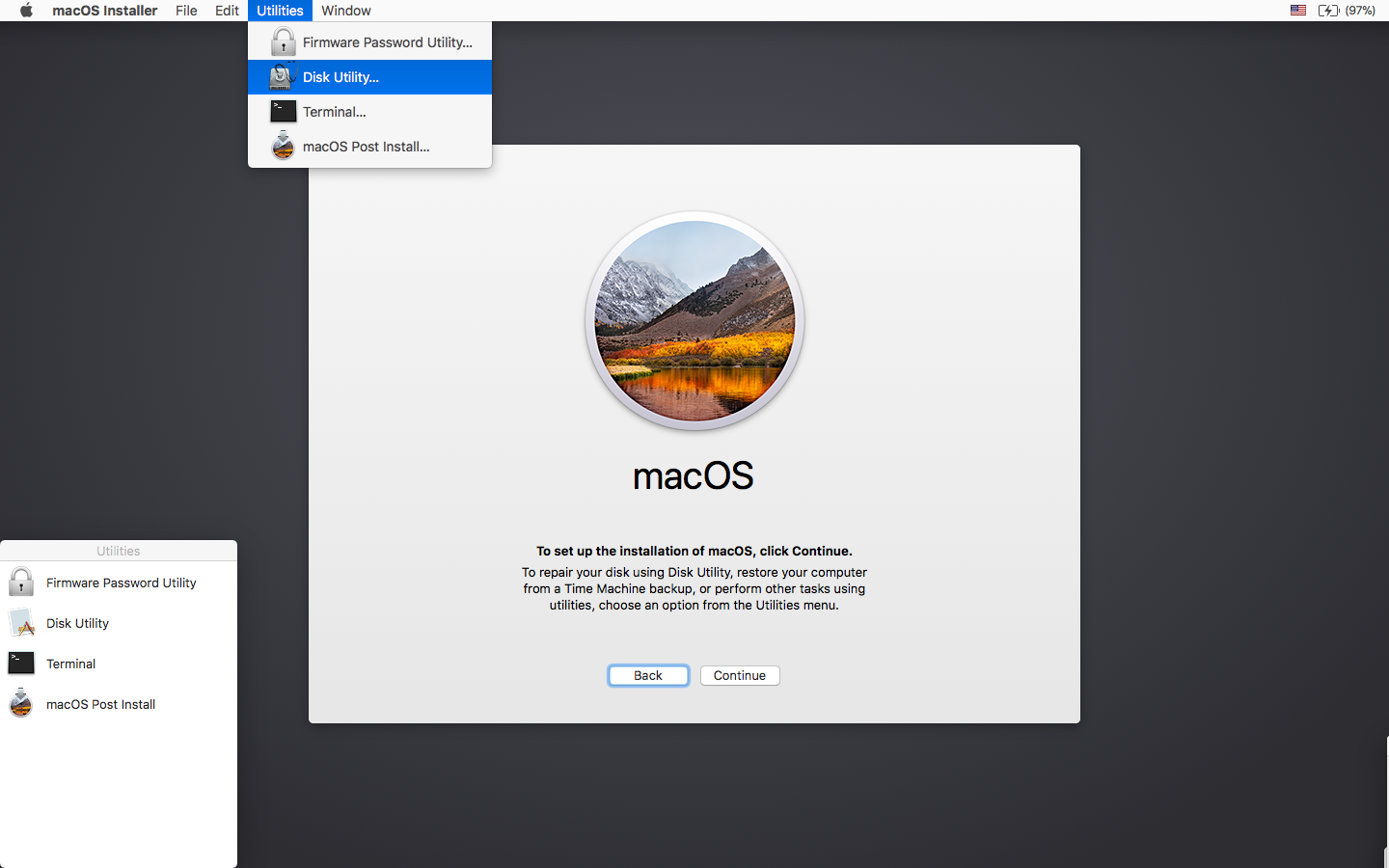

The program's container will be in the user's library folder, and can be removed so the system will recreate it when the program is next launched. Therefore, preserve your work by copying and pasting it to another program (preferably a non-sandboxed one) before quitting. Keep in mind that sandboxing snafus may prevent a program from auto-saving documents, so quitting it may result in losing unsaved changes to your current work. If all that's needed to clear the problem is reinitializing the sandboxing background services, then these steps should restore proper access to the resources that the program needs.

You can also try quitting and relaunching the application, and if that fails, restarting the computer. With Console open, you can try to use your application again and see if similar messages show up. With this search, you should be able to see a reference to the affected program along with any associated messages, such as the sandbox daemon denying access to a requested file. Open the Console program and search for "sandboxd," which is the daemon process (or "server") in the system that manages the sandboxing routines that programs like TextEdit interface with. Therefore, if you find yourself suddenly unable to save or open a document, or otherwise use a program's normal functions, then before attempting filesystem checks and global system permission repair routines, first try troubleshooting for sandboxing errors. Sometimes sandboxing errors can be difficult to identify because they can mimic behaviors that indicate filesystem corruption or systemwide access permissions errors. When this happens, such errors as those described with TextEdit may occur.

Unfortunately at times Apple's sandboxing rules run into a bug or two, which may restrict a program even if it should have proper access to a specific resource. This interface is an additional layer of complexity the program must pass through in order to perform its tasks like opening, saving, and accessing system resources. Sandboxing of programs is supposed to increase security and stability by isolating the program from access to all system resources and only allows access via elected permissions the developer adds to its program. Sandboxing errors may clutter the system console if a problem exists with the sandboxing daemon (click for larger view). In addition, access restrictions in sandboxed applications may result in odd file-saving behaviors in which multiple copies of documents may accumulate on your hard drive, and are noted with a file suffix like ".sb-46c1a916-NBYxPj" (the "sb" indicates "sandbox," and the rest is an identifier for the application and system to handle the document through its sandboxing routines). For example, if such an error occurs in TextEdit, you may see a warning stating that you do not have permission to access a file you are trying to open, or you may just find yourself unable to save a new or existing file you are currently editing. When using some common sandboxed applications in OS X such as TextEdit, you may run into an issue where the program experiences file access errors for which you may not even receive a notification.


 0 kommentar(er)
0 kommentar(er)
